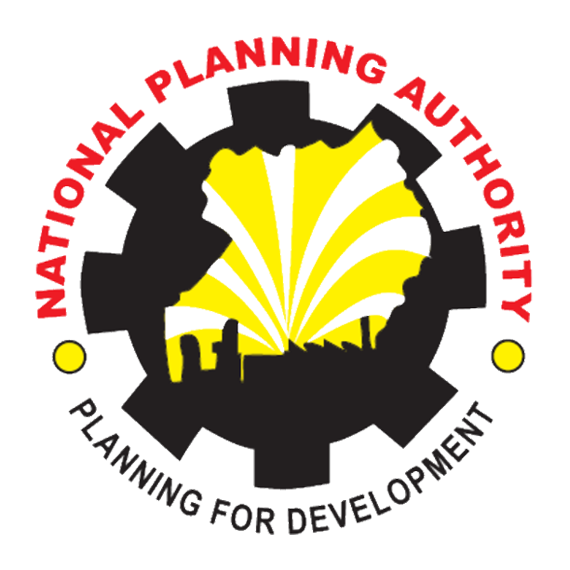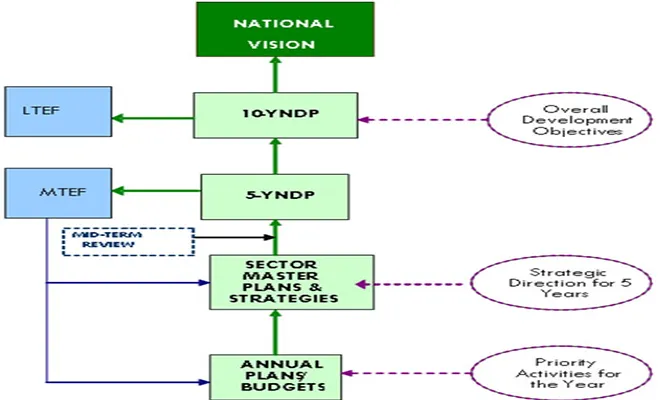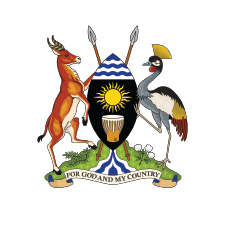the comprehensive national planning development framework (CNDPF)
Issues of cross-cutting nature
- Where there is no clear leadership in the implementation of particular programs or projects, NPA shall be required to provide guidance in this regard.
- All planning meetings shall be called by NPA
- NPA will be required to issue final guidelines on such matters
- All concerned institutions shall be required to respond positively to NPA’s invitation and final guidance.
National Development Plan Formulation Process
- Cabinet Memo
- Consultations;
- Data collection;
- Development of sector and local government issues papers;
- Plan formulation;
- Plan validation;
- Plan approval by Cabinet and Parliament.


